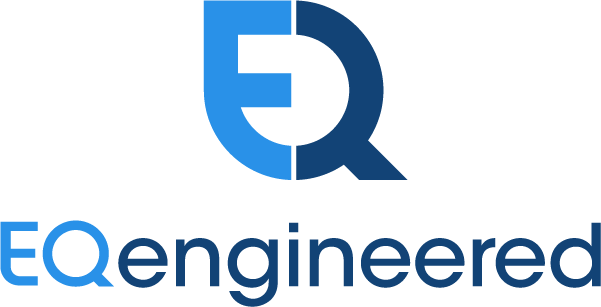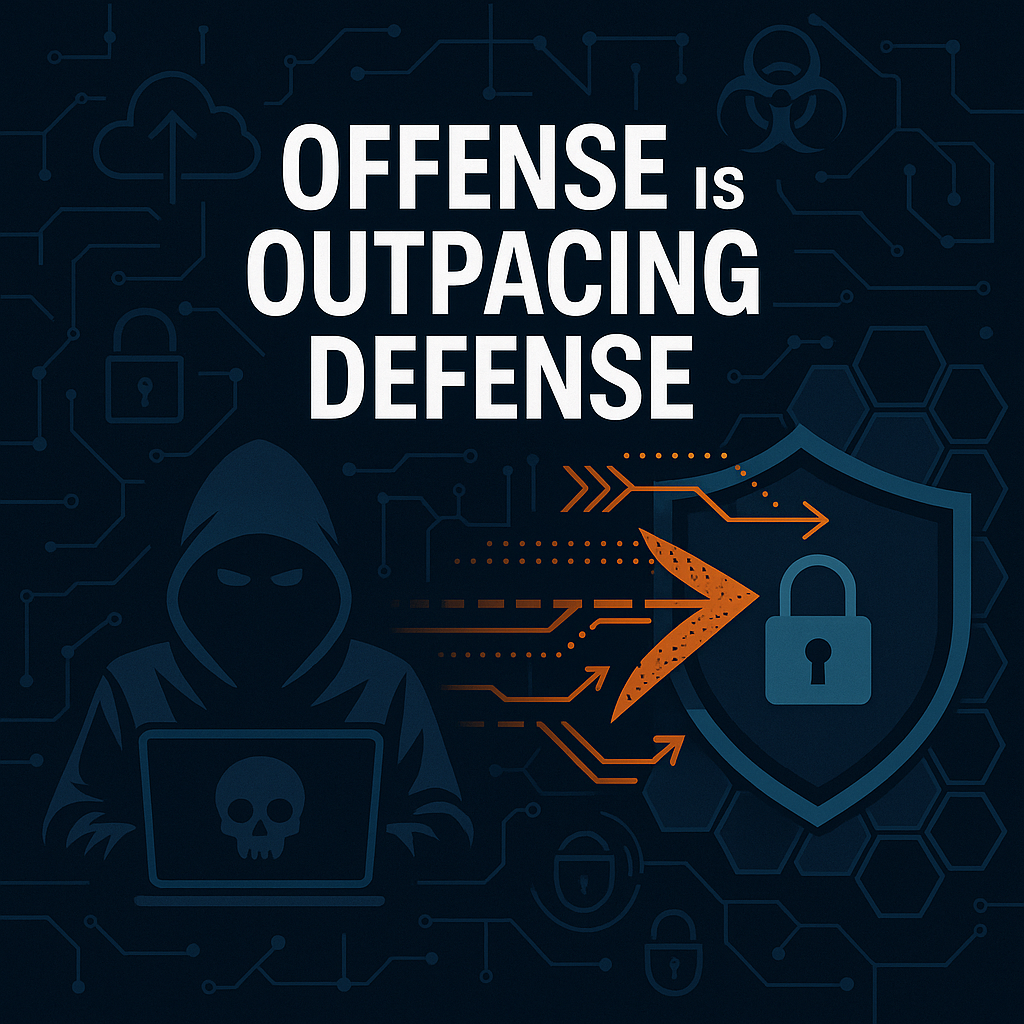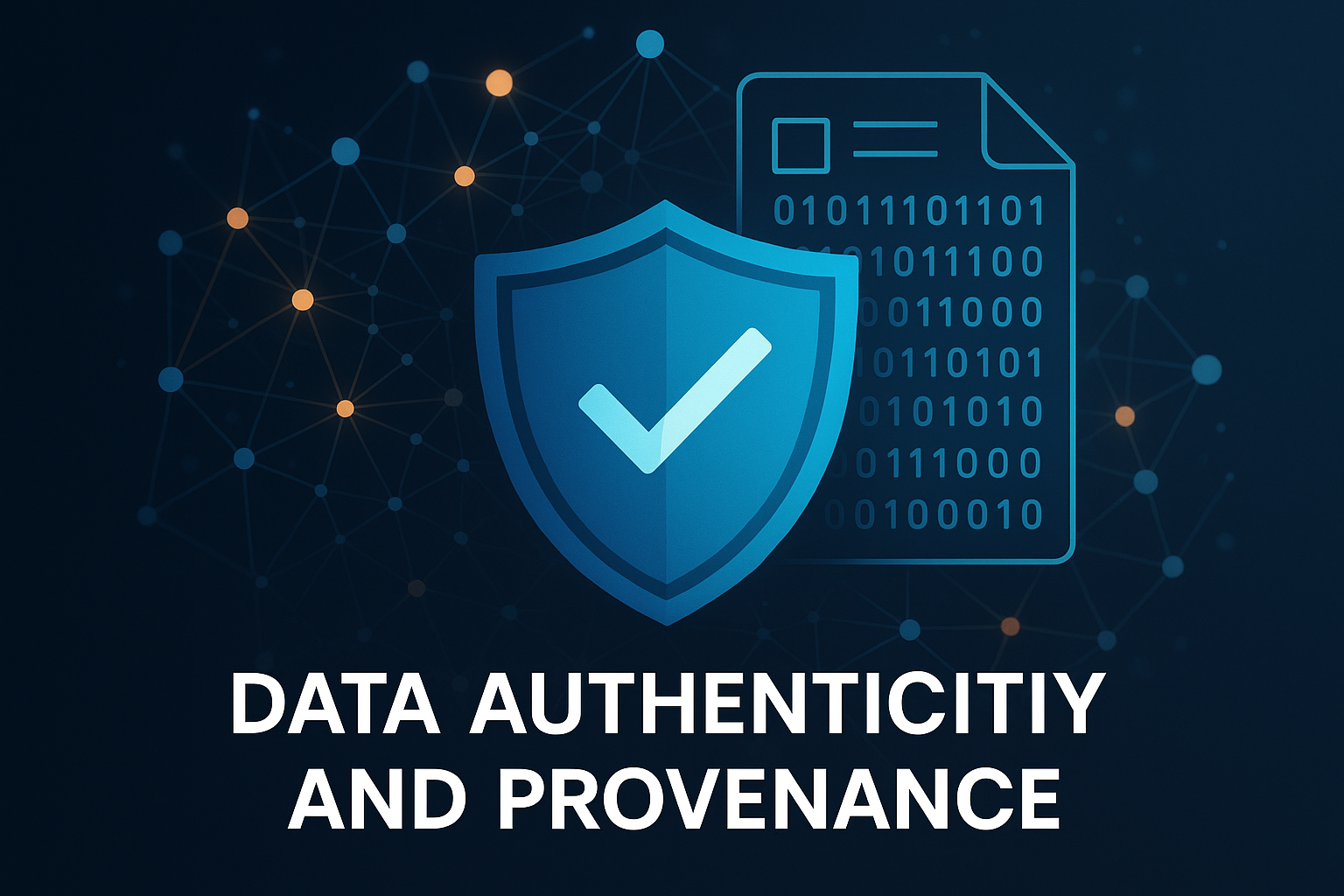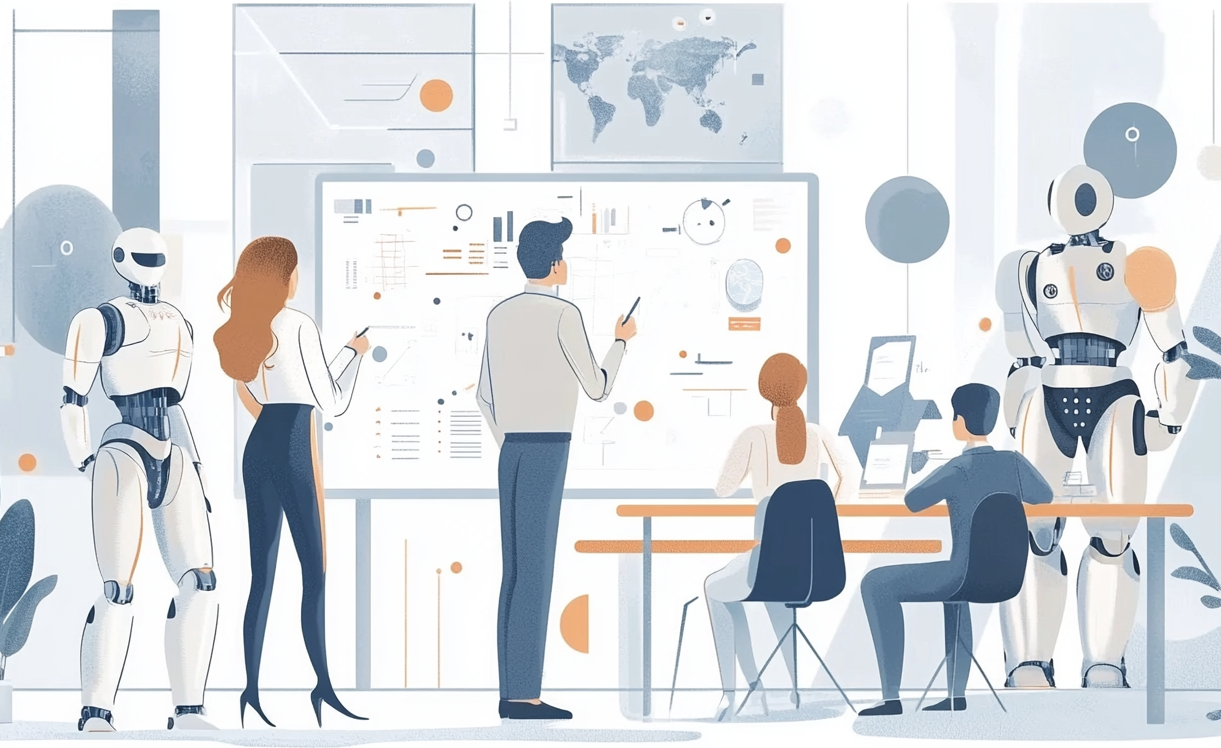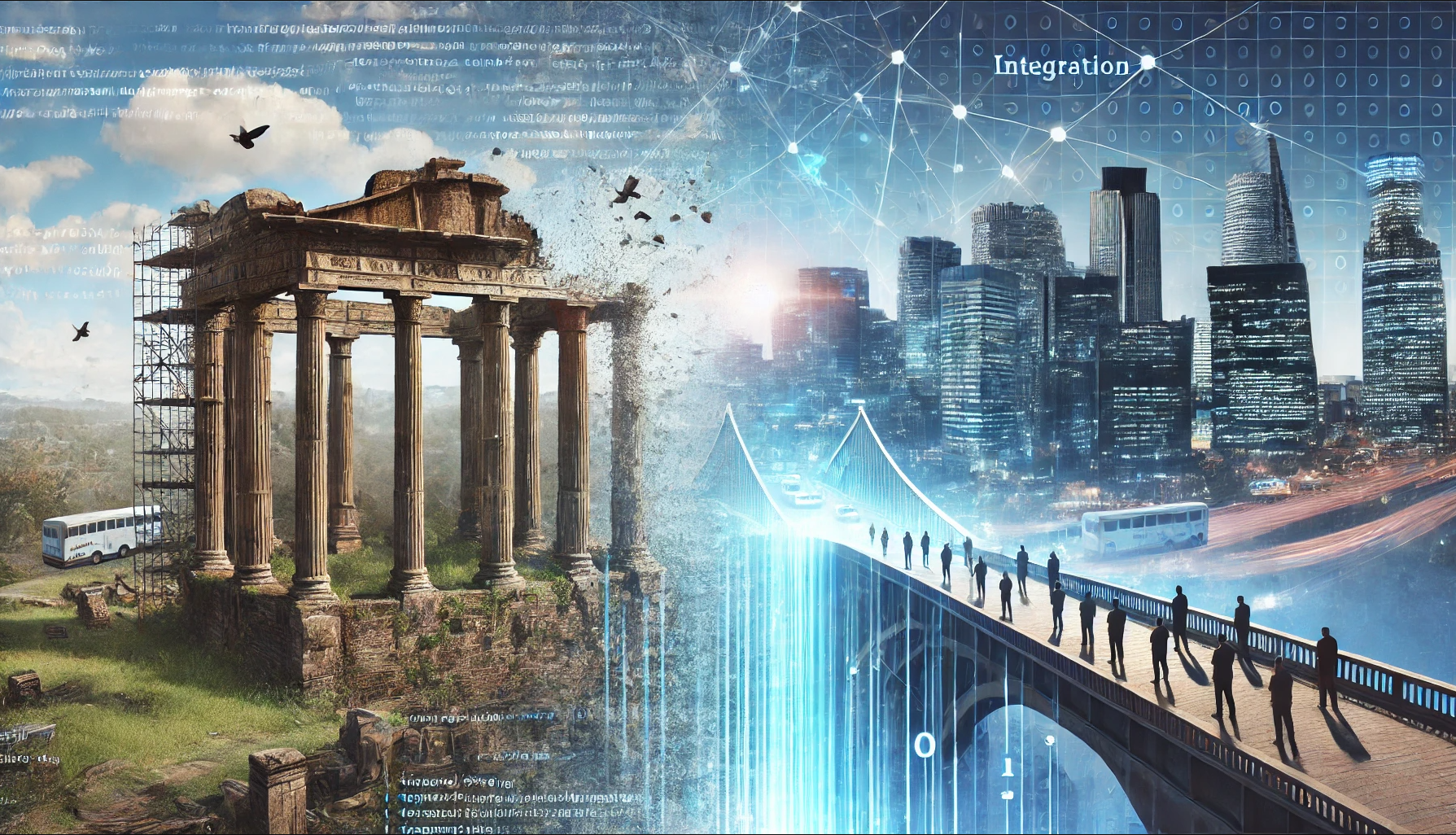In this era of accelerated threat evolution, resilience is not about being impenetrable—it’s about being adaptive, anticipatory, and aligned across the enterprise.
Read MoreTwo conclusions about agent-based coding tools: First, this technology is too powerful not to use, even if there are challenges. There is no future in professional developers installing packages, typing out obvious unit tests, and doing standard refactorings by hand. Second, you have to put in real work learning how to use agents. Because if you don’t learn how to be The Sorcerer, you will end up being the apprentice. Your castle will become flooded, and your boss is not going to be happy when he gets back.
Read MoreData authenticity and provenance are no longer technical luxuries—they are strategic necessities. For CIOs and CDOs operating in an era defined by AI and bio-convergence, trust in data is the foundation upon which innovation, compliance, and security must be built.
Read MoreKey Takeaways from the "Pioneering the New Era: Imagination in Action" AI Summit on April 15th at MIT Media Lab.
Read MoreAs we progress through 2025, digital transformation has solidified its position as a critical driver of enterprise success. For C-suite executives, leading this transformation requires a strategic approach that encompasses technology, culture, and customer-centricity.
Read MoreThe potential productivity gains from AI coding tools are now so great that their use is no longer purely a matter for individual developers. They now affect the entire project, and project managers should discuss them in project meetings.
Read MoreRewriting a decades-old software system isn’t just about replacing outdated code—it’s about navigating a maze of hidden dependencies, institutional knowledge gaps, and ever-evolving requirements. Accurate timelines are hard to pin down because unexpected issues surface at every turn, and continuous feedback from Subject Matter Experts, QA, and end users—while vital for accuracy—inevitably expands the scope. Add to that the constraints of real-world schedules, the loss of productivity from context-switching, and leadership-driven deadlines that can shift on a dime, and it becomes clear why careful planning, Agile practices, and transparent communication are crucial. With the right balance of flexibility and structure, organizations can modernize legacy systems in a way that meets both technical and business goals.
Read MoreIn the contemporary business landscape, digital transformation has become imperative for enterprises aiming to maintain competitiveness and foster innovation. Central to this transformation is the evolution of data engineering operations, which necessitates a well-structured Data and Analytics Operating Model (D&AOM). This model serves as a strategic framework, aligning data initiatives with business objectives to harness data-driven insights effectively.
Read MoreThis blueprint serves as a strategic guide for CEOs striving to navigate the challenges of digital transformation and secure a prosperous future for their enterprises.
Read MoreFor CIOs dedicated to leading their organizations through this dynamic era, aligning technology initiatives with overall business strategies is key to securing long-term competitive advantage.
Read MoreWhat are the tradeoffs using AI to learn and master a new technology? Does it work well for everyone? When should you turn to humans for instruction instead of AI?
I have used both AI and traditional instruction to learn new technology in the past year, but to better understand differences, I tried each in isolation for learning a new framework.
Read MoreWhile full-scale adoption is still years away, technology leaders should stay informed, develop quantum strategies, and explore partnerships with quantum technology providers. Companies investing in quantum research today will be better positioned to gain competitive advantages in the near future.
Read More